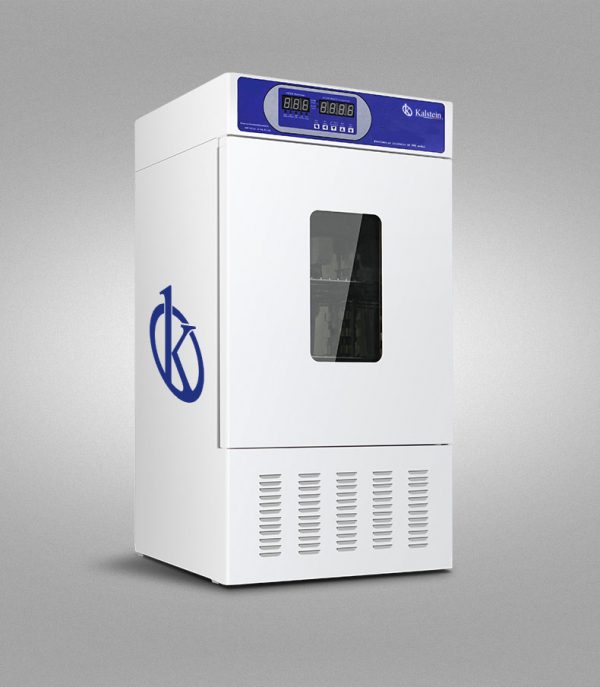The laboratory incubator is an important device used for research and product creation purposes. It is designed to provide a stable and controlled environment for growing cells, growing bacteria, or other biologically related experiments. These boxes are designed to automatically regulate the temperature inside to achieve the best results.
Temperature control in a laboratory incubator is achieved with a thermal control unit. This unit includes a heating element, a thermostat and a fan. The heating element is in charge of supplying the necessary energy to regulate the temperature. The thermostat is set to a specific temperature. When the thermostat senses that the indoor temperature drops below the specified point, it activates the heating element to raise it.
Temperature Control
Temperature control with humidity is done through a specific amount of water inside the incubator. When the indoor temperature falls below the specified point, the water evaporates to increase the incubator’s internal temperature, thus preserving the desired levels. It can also be done by removing heat. This is done using a cooling system, such as a cold pump or other devices, to absorb excess heat and send it out of the system. These devices have thermostats to keep the indoor temperature at the desired levels.
In conclusion, temperature control of a laboratory incubator is essential to achieve optimal results. This is achieved using thermal, humidity and cooling control units, along with thermostats to maintain desired temperature levels. Likewise, temperature control can also be performed by using heating, cooling, humidity and ventilation, depending on the application. These methods are based on a combination of proportional elements to ensure a stable level of temperature inside the laboratory incubator.
Control Method
The static thermostat is one of the main methods used to control the temperature in a laboratory incubator. This involves manually adjusting the temperature level inside the incubator. This is achieved by changing the position of the heat control valve. The static thermostat is usually mechanically operated, which means that users must be very vigilant to ensure that the temperature remains constant.
The dimmable digital thermostat is also a common way to control the temperature of a laboratory incubator. In this method, the user sets the desired temperature using a digital display on the device and once set is monitored frequently to ensure the desired temperature. Adjustable digital thermostats also have a safety device to ensure that the temperature does not deviate too much from the set temperature.
The last method of temperature control for a laboratory incubator is the fan heat control system. This consists of an electrical impulse regulating a heating resistor. It is configured to maintain a stable temperature within a preset temperature range. A fan pushes hot air through a grid, which distributes heat equally into the incubator. This system controls the temperature uniformly, allowing the experiments to be carried out accurately.
Kalstein brand Heating Incubator
Today, equipment must be easy to maintain high quality standards that are reliable and efficient. That is why Kalstein with its technological contributions during the manufacture of the multiple medical and laboratory equipment, meet the demands of customers. We have the Heating Incubators belonging to the YR series, it has easy to see the goods in the inner chamber with integrated window. Equipped with circulation fan in the inner chamber to reduce temperature deviation and volatility. We invite you to review our catalog HERE We invite you to visit the products from our HERE page Before making your purchase, you will be advised by our experts to make your experience excellent.

